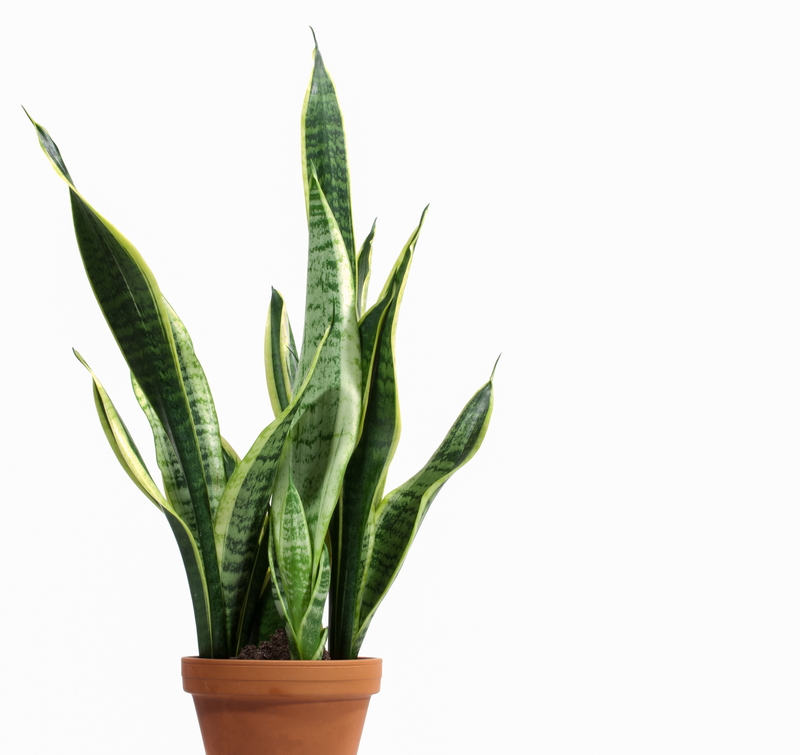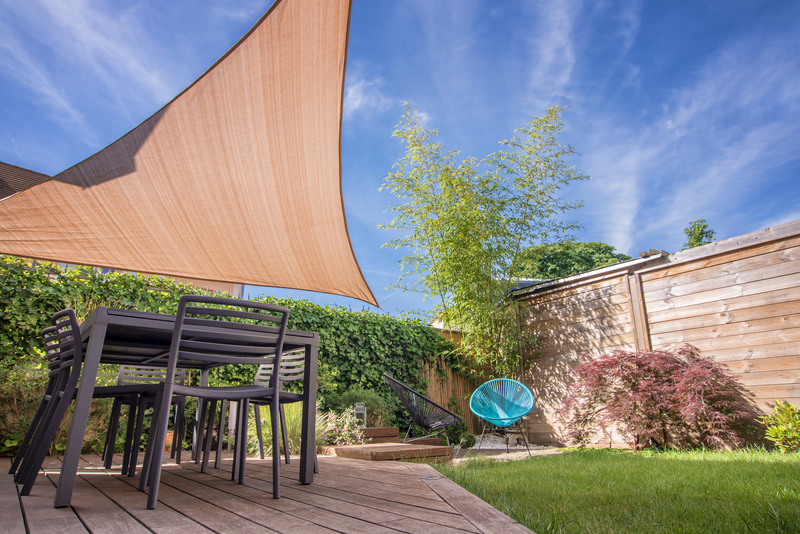Essential Orchid Care: From Novice to Expert Gardener
Posted on 21/05/2025
Essential Orchid Care: From Novice to Expert Gardener
Orchids are among the most fascinating and exquisite flowering plants found in gardens and homes worldwide. Their unique blooms and diverse varieties have captivated gardeners for centuries. However, ensuring a thriving orchid collection--whether you are a beginner or a seasoned horticulturist--requires the right knowledge and time-tested techniques. In this comprehensive article, we will guide you through everything you need to know about essential orchid care. Whether you are nurturing your very first orchid plant or perfecting your skills as an expert gardener, this orchid care guide is for you.
Understanding Orchids: An Overview
Orchids belong to the Orchidaceae family, one of the largest and most diverse plant families on Earth, boasting over 25,000 species and more than 100,000 hybrids. Their resilience and adaptability have enabled orchid species to spread across nearly every continent and environment.
Why Grow Orchids?
- Stunning Blossoms - Orchids offer a remarkable variety of colors, patterns, and shapes.
- Long-Lasting Flowers - Certain species can keep their blooms intact for weeks or even months.
- Air Purification - Like many houseplants, orchids help remove toxins and improve air quality indoors.
- Therapeutic Hobby - Orchid care involves both patience and observation, making it a calming and fulfilling pursuit.

Basic Orchid Types for Beginners
While there are thousands of orchid varieties, a few types are especially popular with novice growers. Understanding these will help you select the right orchid for your indoor garden:
- Phalaenopsis (Moth Orchids): The most common houseplant orchids, perfect for beginners due to their forgiving nature and regular bloom cycles.
- Dendrobium: Known for their lovely sprays of flowers and relatively easy care requirements.
- Cattleya: Famous for their large, fragrant flowers, these orchids thrive in bright, indirect sunlight.
- Oncidium: Also called "Dancing Lady," these orchids produce cascades of small, bright flowers.
Essential Orchid Care Guidelines
To successfully cultivate healthy, blooming orchids, it's crucial to address their fundamental needs. Below, we outline the most important factors:
Light Requirements for Orchids
- Most orchids prefer bright, indirect light. Too much direct sunlight can burn leaves, while too little inhibits flowering.
- Phalaenopsis and Paphiopedilum orchids thrive in lower light compared to Cattleyas and Vandas.
- Signs of proper lighting: Healthy leaves should be light green; dark green leaves often indicate insufficient light.
Watering Orchids Properly
Orchid watering is a vital yet frequently misunderstood aspect of orchid plant care:
- Watering Frequency: Most orchids require watering once a week, but this can vary based on potting medium, humidity, and season.
- Let the potting medium nearly dry out between waterings; never let orchids stand in water.
- In general, water more frequently in summer and less in winter.
- Use room temperature, non-chlorinated water for best results.
Common mistake: Overwatering is the leading cause of orchid problems, leading to root rot. Always err on the side of underwatering if uncertain.
Humidity and Air Circulation
Orchids naturally thrive in humid environments. Strive for a humidity level between 40%-70% for best results.
- Place orchids on a humidity tray or pebble tray filled with water to raise humidity near the plant.
- Regular misting can help, but avoid direct water on the flowers and leaves.
- Ensure good air movement to prevent fungal diseases--a gentle fan works well indoors.
Temperature Preferences
- Daytime: Most orchids thrive at temperatures of 65-80?F (18-27?C) during the day.
- Nighttime: A drop to 55-65?F (13-18?C) at night is ideal for many varieties.
- Beware of sudden temperature fluctuations, which can stress plants and interrupt blooming cycles.
Potting Medium and Repotting
Correct potting is essential for optimal orchid care:
- Orchids require a well-draining, airy medium; common materials include bark, sphagnum moss, coconut husk, or specialty mixes.
- Repot every 1-2 years to refresh the potting medium and keep roots healthy.
- Choose a pot with drainage holes to prevent excess water accumulation.
Tip: Repot just after the plant has finished flowering for minimal disruption.
Feeding and Fertilizing Orchids
- Use a balanced, orchid-specific fertilizer diluted to half strength every other week during active growth.
- Reduce feeding during the plant's rest period (often in fall and winter).
- Flush the potting medium with plain water once a month to prevent salt build-up.
Advanced Orchid Care Tips for Experienced Gardeners
Once you have mastered the basics, you can progress to advanced orchid cultivation techniques for more challenging varieties or to encourage spectacular blooms.
Encouraging Reblooming
- Don't cut the flower spike on Phalaenopsis orchids unless it has turned brown; a healthy, green spike can flower again.
- To trigger blooming, some orchids require a period of cooler night temperatures or changes in watering patterns--research your specific variety.
Propagation Methods
- Division: Mature orchids with multiple growths can be divided, ensuring each section has at least three healthy pseudobulbs or stems.
- Keiki (Baby Orchid): Occasionally, orchids produce small plantlets on the flower spike or stems. These can be potted up once they develop roots.
Note: Propagation is easiest and most successful with healthy, mature orchids.
Pest and Disease Management
- Watch for common orchid pests: aphids, spider mites, mealybugs, and scale insects. Wipe leaves and use insecticidal soap as needed.
- Fungal and bacterial diseases usually result from overwatering or poor air circulation. Remove affected leaves and adjust care immediately.
- Maintain clean tools and pots to minimize the spread of pathogens.
Supporting Bloom Quality
- Stake tall flower spikes to prevent breakage and ensure upright display.
- Regularly remove dead flowers and leaves to reduce disease risk and support new growth.
Common Orchid Care Mistakes to Avoid
Learning what not to do can save you years of frustration. Here are the top errors and how to avoid them:
- Ignoring the needs of a specific orchid species. Always research the care requirements for each type you grow.
- Overwatering or underwatering. Always check the condition of the potting medium before watering.
- Providing poor drainage or using the wrong potting medium. Standard soil is unsuitable for most orchids.
- Exposure to direct sunlight or total shade. Strive for balanced, filtered light.
- Neglecting regular repotting. Old, decomposed mediums can suffocate roots and harbor disease.
- Over-fertilizing. Less is more when it comes to feeding orchids.
Frequently Asked Questions on Orchid Care
How often should I water my orchid?
The frequency depends on species, potting medium, and environment. As a rule, most orchids need watering once a week. Always check that the medium is nearly dry before watering again.
When is it best to repot my orchid?
Repot your orchid every 1-2 years, ideally just after it has finished blooming or if you see roots growing out of the pot.
Why isn't my orchid blooming?
- Insufficient light is the primary cause. Try moving your plant to a brighter spot with indirect sunlight.
- Incorrect temperature range--ensure your orchid experiences cooler temperatures at night.
- Improper fertilizing--only use orchid-specific plant food during active growth.
Can I grow orchids outdoors?
Some orchids can thrive outdoors in suitable climates. In regions with mild temperatures and high humidity, consider cultivating hardy varieties such as Cypripedium or Bletilla. Always shelter them from direct sun and harsh weather.

Conclusion: Transforming from Novice to Expert in Orchid Care
Caring for orchids is both a science and an art. The key to success lies in observation, patience, and understanding the unique needs of your plants. As your confidence grows, you can experiment with rare species, propagation techniques, and advanced display arrangements that showcase the beauty and diversity of the orchid world.
Remember:
- Start with easy-care varieties such as Phalaenopsis if you're a beginner.
- Master the basics of light, water, humidity, and temperature.
- Embrace regular repotting and feeding routines.
- Accurately diagnose issues by observing changes in leaf color, root health, and bloom frequency.
- Stay curious--gardening is a lifelong journey of learning and discovery.
Recommended Resources for Further Learning
- American Orchid Society - Authoritative articles, forums, and care sheets
- Local orchid clubs and gardening organizations
- Books: "The Orchid Whisperer" by Bruce Rogers and "Orchid Basics" by Brian and Sara Rittershausen
- Online forums and video tutorials for troubleshooting and inspiration
With the right care and enthusiasm, anyone can enjoy the joy of thriving orchids. Happy growing!





